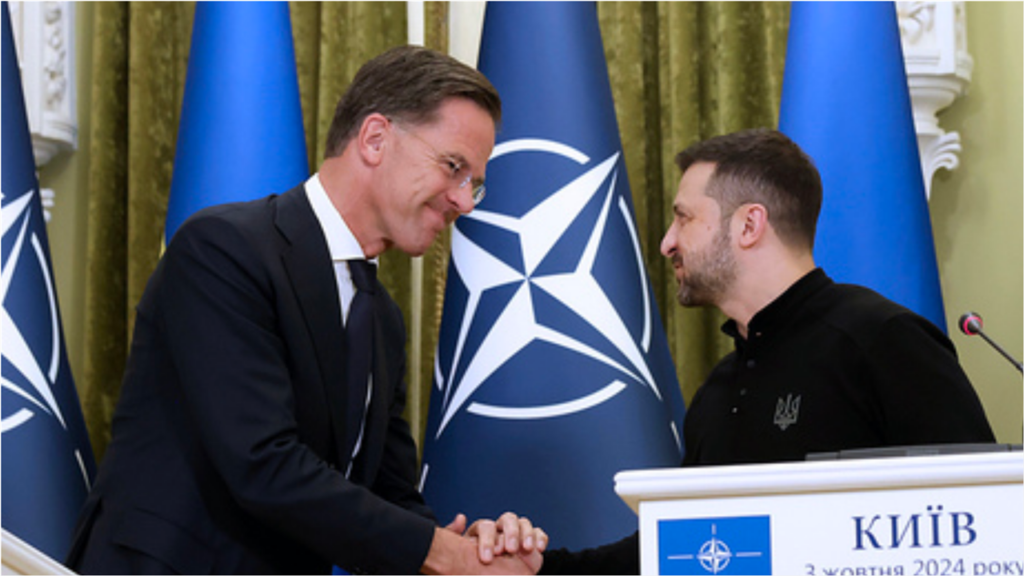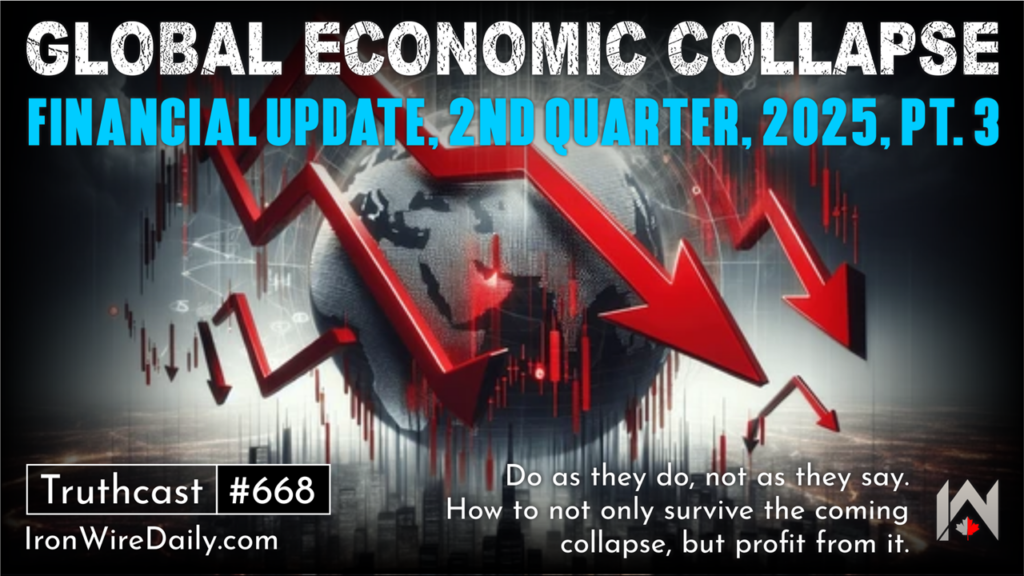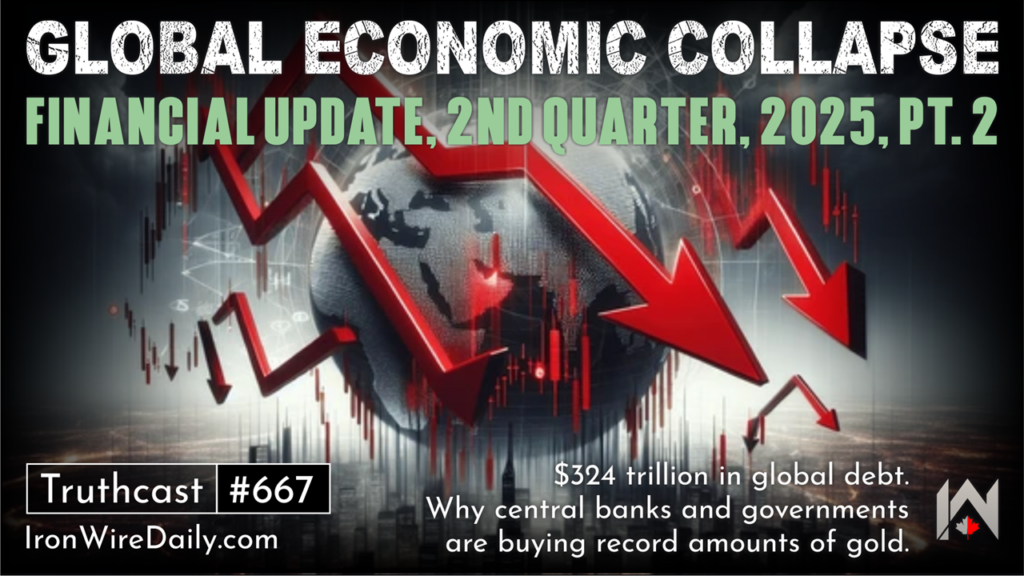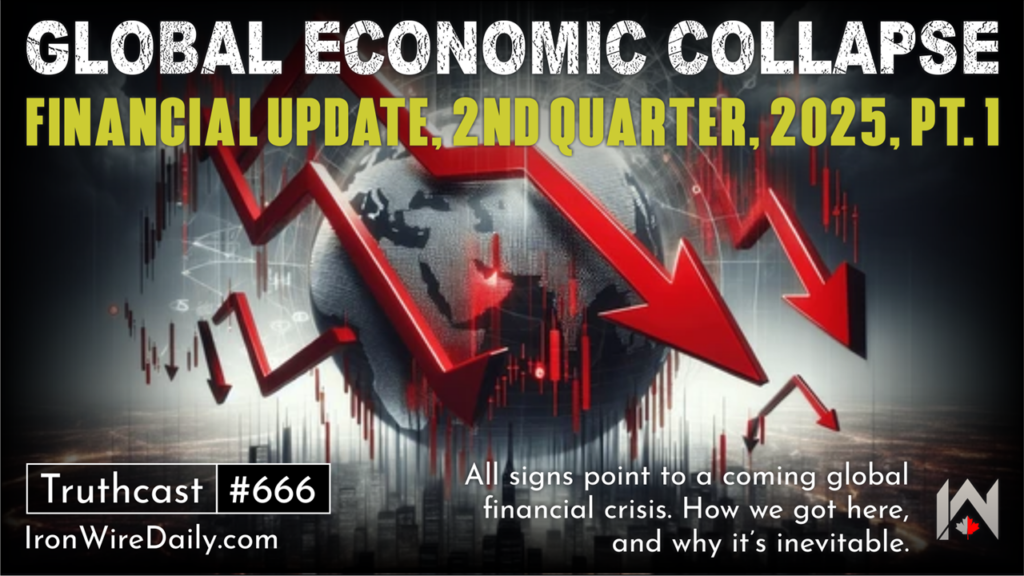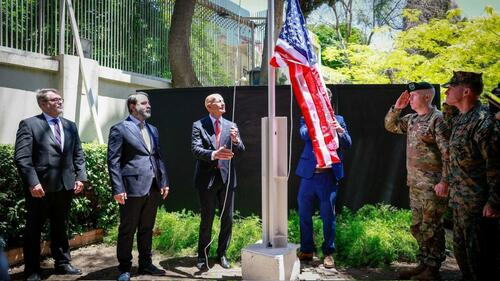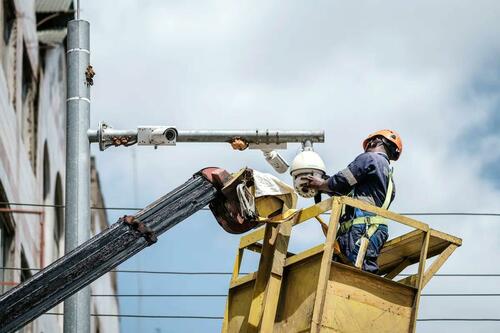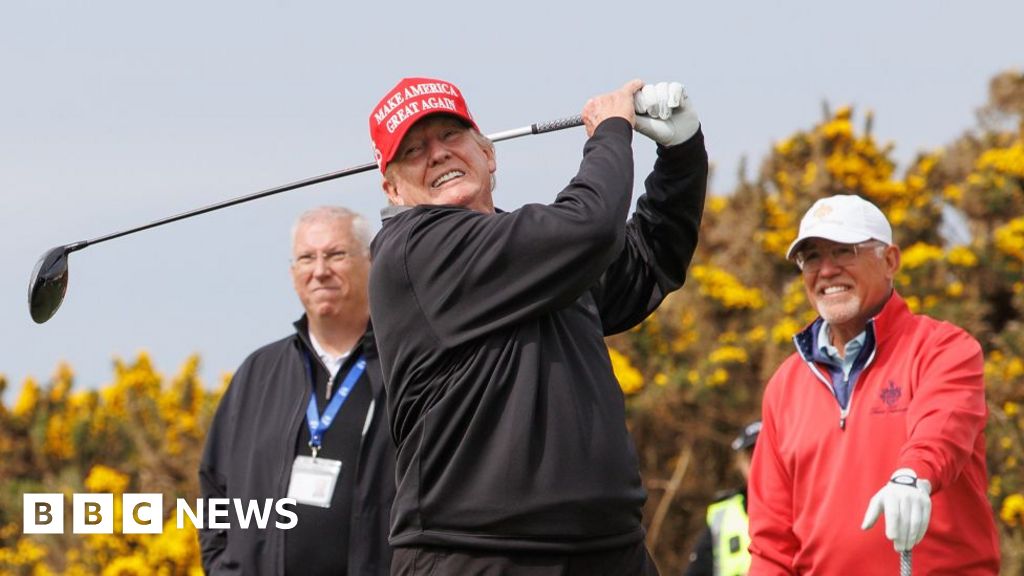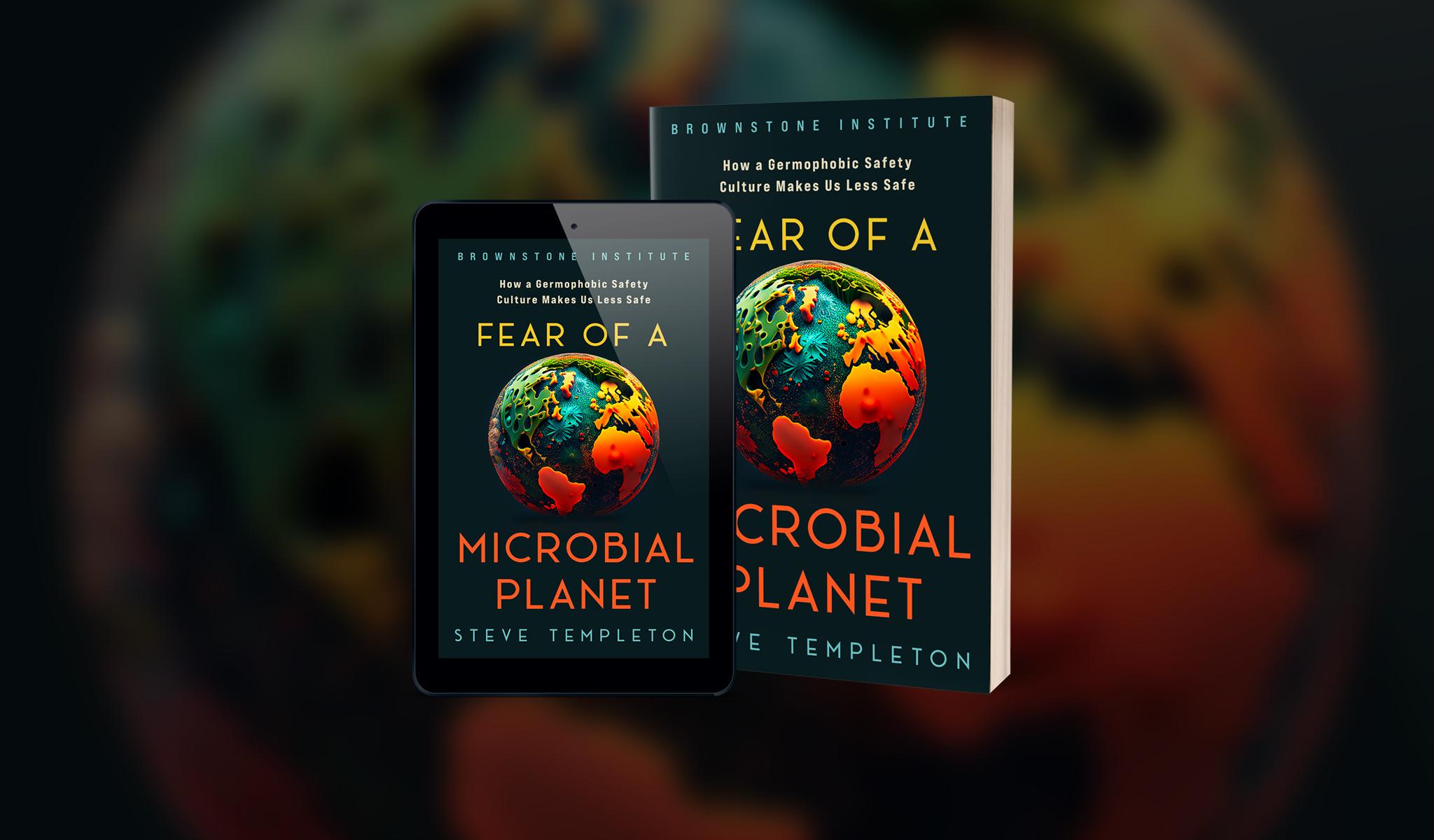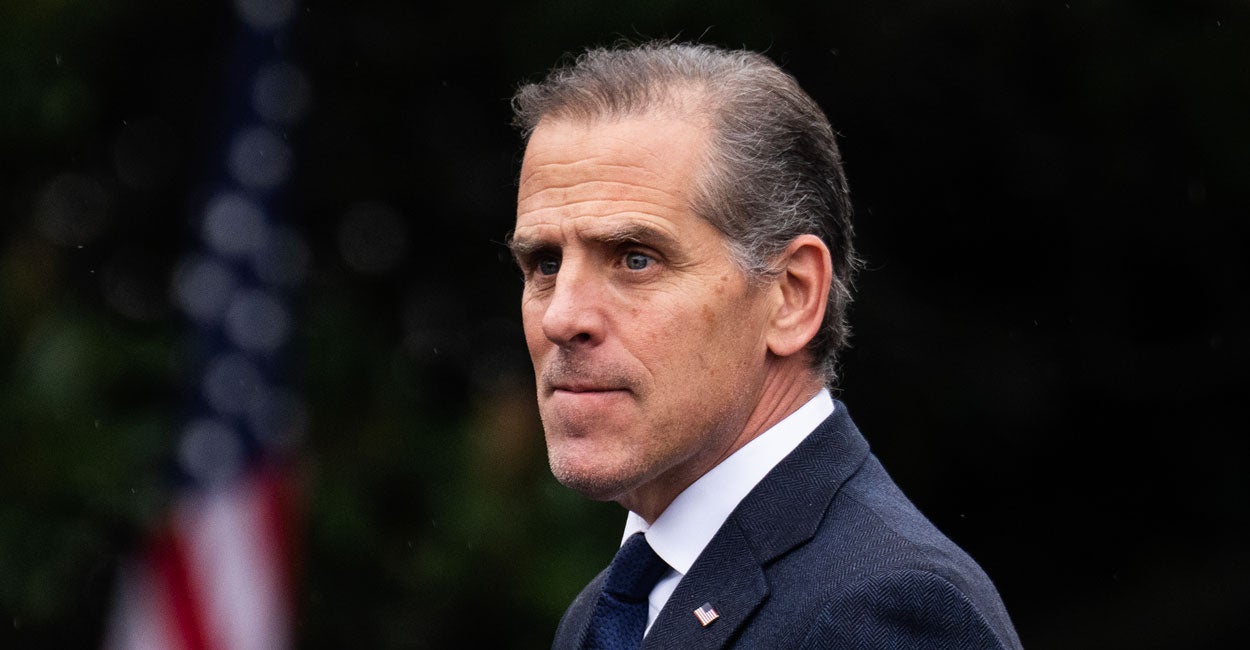The ‘story’ of Muslims surrounding an Australian cathedral is completely overblown – LifeSite

Fri Jul 25, 2025 – 10:46 am EDT
(LifeSiteNews) — A recent controversy in Australia over a Shia Muslim assemblage outside Melbourne’s St Patrick’s Cathedral arguably said more about the need of some alternative media outlets and activists to keep feeding the interests of their audiences than about any serious political problem. The gathering was only one point in a procession that is an annual commemoration of Ashura, a Shia day of mourning. It has been occurring in Melbourne for 12 years and could not happen without the approval of the local authorities.
The images of thousands of Muslims standing outside the cathedral, which appears to have been closed at the time, nevertheless incited an international reaction. A Newscorp article noted that “millions of people around the world” watched viral videos of it on social media. “The videos, filmed on July 7 this year, are accompanied by comments like “the real war exposed” and “this is an act of war” but they miss important context and information.”
British anti-Islam campaigner Tommy Robinson shared a video with the words: “Insane scenes as hundreds of Muslims circle Melbourne cathedral.” It was viewed almost two million times. Failed Liberal candidate for Sydney’s Northern Beaches electorate, Katherine Deves, described it as: “A horde of Muslim men surround Melbourne’s St Patrick’s Catholic cathedral in a display of dominance and intimidation.”
One commentator asked how Muslims would react if thousands of Catholics had gathered around a mosque? Would there be no reaction? If there had been a Muslim gathering around a Jewish synagogue it would have been treated as a major incident by the mainstream media, given the current sensitivities. But interest faded quickly, and the Catholic diocese did not respond.
The opposing reactions to the event underline a persistent contradiction in the ethic of religious tolerance. If Australians are expected to be “tolerant” at all times, then how are those who are not “tolerant” to be treated? Should they not be tolerated?
A way to resolve, or at least avoid, this contradiction is silence. The antonym of intolerance is not tolerance but non-reaction.
Consider Dr Martin Luther King’s famous quote in his “I Have a Dream” speech when he expressed the hope that his “four little children will one day live in a nation where they will not be judged by the colour of their skin but by the content of their character”.
The implication is that it is best if skin colour, or any other reason for prejudice, is not commented upon and preferably not noticed. Equally, when there are people who do want to react negatively that, too, should incite no response. People’s right to express their views should be respected, but no more.
READ: Facebook community note corrects Hillary Clinton for falsely blaming woman’s death on pro-life law
The Catholic Church appears to have done just that: not react. Non-response is also something of a feature of Australian culture – not exactly a strength, but a happy accident.
It is very easy for the majority of Australians to ignore, or be unaware of, religious sectarian issues.
One reason is that Australia has, since World War II, had the highest per capita immigration in the world (after Israel) that has been exceptionally broad. It was known as the policy of “populate or perish.” Immigration was then seen as essential to national survival; the country had, and still has, one of the lowest population densities in the world.
In the 1950s southern European migration was intense, particularly from Greece and Italy. There was considerable prejudice initially towards the new arrivals by the Anglo-Celtic majority, but that was not the case for later generations. It set the pattern for unusually diverse emigration.
In the intervening decades there has been a strategy of attracting immigrants from different regions, especially war torn countries: the Vietnamese in the 1960s after the Vietnam war; the Lebanese in the 1970s, mostly Muslims, after the Arab-Israeli war; the Southern Sudanese in the first decade of this century after the civil war. More recently the emphasis has shifted to Chinese and Indians, who currently represent the biggest numbers. The result is that there has been no concentration of one particular foreign nationality.
As each new wave of migration comes through, Australians pay less and less attention; it is simply too complex to make sense of. There are politicians, most notably Pauline Hanson’s One Nation party, who pursue anti-immigrant agendas, especially against the Chinese. But it is on the margin.
Such diversity makes it harder for Australian politicians to sensibly pursue policies that effectively support national sovereignty. But it does mean that cultural and religious tensions tend not to find fertile ground – unlike earlier periods of the nation’s history when there was an intense divide between Protestants and Catholics. Instead, the reaction is mostly a lack of interest, which is probably a good thing.
READ: Christians prevail against anti-religious policy at historic country fair


